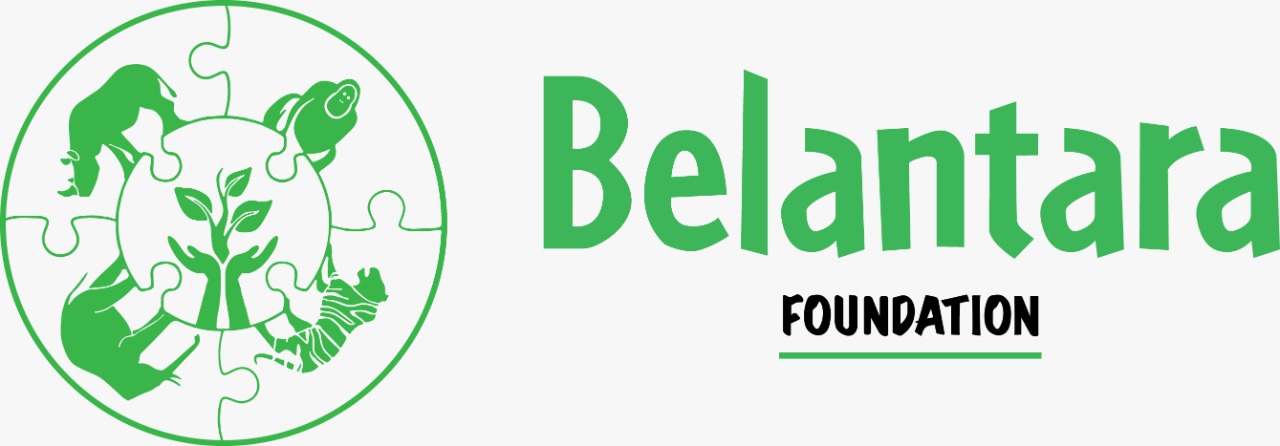DPIRS as an integrated approach to asses natural resources status and development
Abstract
Environmental problems included biotic, abiotic, and social problems, therefore, to overcome them, various scientific disciplines are needed as well as the characteristics of environmental science itself. As consequences of population growth, industrial development, and technological progress, environmental problems are more complex. Therefore, appropriate research methods are needed to overcome new problems that arise as a result of these developments. UNEP recommends a research method called the DPSIR (Driving forcePressureStateImpactResponse) model that can describe the interactions between various environmental and social factors. This method has been applied as an approach to analyzing environmental problems in many countries around the world, including Indonesia. The Ministry of Environment and Forestry (KLHK) and some researchers in Indonesia have also applied the DPSIR method to assess environmental status both nationally and regionally. So far, the DPSIR method is still quite well applied to analyze environmental problems, although some scientists highlight the need for this method to be supplemented with other models to improve results.
Keywords
References
Anonymous. 2022. DPSIR Model. E Scholarly Community Encyclopedia. https://encyclopedia.pub/entry/1535
Garia, S.R., Guerrero,C.E.O., A-Uribee, B., Icely, J.D., Alice Newton, A. 2018. A DPSIR-analysis of water uses and related water quality issues inthe Colombian Alto and Medio Dagua Community Council. ScienceDirect. Water Science 32 (2018) 318337 journal homepage: www.elsevier.com/locate/wsj.
Giupponi, C. 2002. From the DPSIR reporting framework to a system for a dynamic and integrated decision making process. Mulino Conference on European policy and tools for sustainable water management†21-23 November, Venice (Italy): 1-4. https://www.researchgate.net/publication/229047372.
Han, H., Zhang, K., Zhang, J.. 2020. Evaluating the Health of an Urban River Combining DPSIR Framework and an Improved Fuzzy Matter-Element Extension Model: a Case Study from the Jinshui River. J. Environ. Stud. Vol. 29, No. 3 (2020), 2211-2223. DOI: 10.15244/pjoes/111239.
Kartodihardjo, H., Maulana, F., Hasiholan H., P., Rahman, M.T., Saputro, T., Winastuti R.H.,
Oktalina, S., Prasodjo O.E., Lukmansjah, D., Satori, M., Iskandar, Rhamdhany, D., Endarini, T., Wiyoga, Muliawan, I., Januwardy, A., Sakina, H., Rivai, P. 2020. Status Lingkungan Hidup Indonesia 2020. Kementerian Lingkungan Hidup dan Kehutanan, Republik Indonesia.
Lalande, N., Cernesson, F., Decherf, A., Tournoud, M-G. 2014. Implementing the DPSIR framework to link water quality of rivers to land use: methodological issues and preliminary field test. International Journal of River Basin Management. Taylor & Francis, 12 (3): 201-217.
Novira, N., Dalimunthe, S.A., Wicaksono, A.P., Dewi, N.I.S., dan Rahayu, T.S.. 2015. DPSIR model as a tool to asses land conversion tariff policy in Yogyakarta. Jurnal Kependudukan Indonesia 10(2), Desember 2015:101-108.
Pinuji, S., Suhattanto, M.A., Arianto, T. 2018. The Dynamics and Challenges of Land Use and Utilization on Small Island. BHUMI: Jurnal Agraria dan Pertanahan 4(1): 102-114.
Setiawan, Y dan Adnan, F. (2020). Model driving force, pressure, state, impact, response (DPSIR) dalam menilai kualitas udara Kabupaten Kutai Barat. Jurnal Teknologi Lingkunganâ€, Teknik Lingkungan Universitas Mulawarman 4(2): 31-36.
Siwailam, M., Abdelsalam, H., Saleh, M. 2019. Integrated DPSIR-ANP-SD framework for Sustainability Assessment of Water Resources System in Egypt. International Journal of Academic Management Science Research (IJAMSR). ISSN: 2000-001X, 3(3), March 2019 : 1-12
UNEP. 2015. An Introduction to Environmental Assessment. UNEP World Conservation Monitoring Centre (UNEP-WCMC). www.unep-wcmc.org
UNEP. 2019. Guidelines For Conducting Integrated Environmental Assessments Environmental Assessments. UN Environment Programme.
Wijaya, N. dan Muhammad Aziz Ali Mutia, M.A.L. 2016. Analysis of Small and Household Industry Development with DPSIR Method, Case study in Ciparay District, Bandung Regency. Tata Loka. Biro Penerbit Planologi UNDIP, 18 (3), Agustus 2016: 172-182.
Yu, H., Yang, Z., Li, B. 2020 . Sustainability Assessment of Water Resources in Beijing. Water 2020, 12, 1999:1-21. doi:10.3390/w12071999. MDPI. www.mdpi.com/journal/water
DOI: 10.33751/injast.v3i2.6082
 Abstract views : 432
Abstract views : 432
Refbacks
- There are currently no refbacks.
Copyright (c) 2022 Indonesian Journal of Applied Environmental Studies

This work is licensed under a Creative Commons Attribution-NonCommercial-ShareAlike 4.0 International License.













